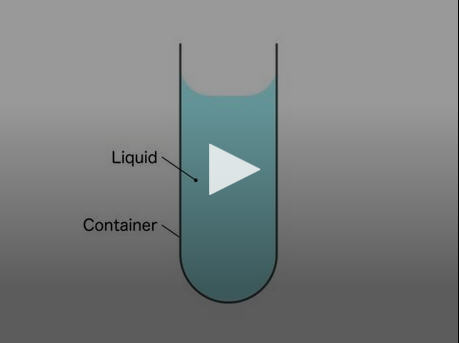Microjet generator for highly viscous fluids

Video: This is a liquid jet generator with highly viscous fluids. The device consists simple structure and can eject highly viscous liquid and nail polish (viscous non-Newtonian liquid). Credit: Tokyo University of Agriculture and Technology, Tagawa Yoshiyuki Lab
Liquid jet is utilized in various key technologies such as inkjet printing. However, most methods can eject only low viscosity liquid, which is almost the same viscosity of water.
This limitation of the viscosity causes the blurring and dulling color of the ink. To solve these problems, the method of ejecting highly viscous liquid jet is required.
Researchers at Tokyo University of Agriculture and Technology have newly proposed a device of generating microjet with high viscosity, like a honey. To produce the viscous liquid jets, we use an impulsive force i.e. the liquid jet is induced by adding an impact applied at the bottom of a liquid-filled container.
Moreover our device relies on additional trick: the wettable thin tube is inserted into the liquid, where liquid level inside the tube is kept deeper than that outside the tube. We find that the liquid inside the tube is significantly accelerated thanks to this trick.
As a result, our device can eject a liquid jet with high viscousity, which is more than 1,000 times viscos than water and with non-Newtonian properties such as nail polish. We have also revealed the mechanism of our device via conducting experiments and numerical simulations.
Our device overcomes the existing problems such as the limitation of the viscosity and solidifies the base for the next generation manufacturing such as 3D manufacturing and biological printings.
###
This work was supported by JSPS KAKENHI Grant Numbers 26709007,17H01246,17J06711.”
Media Contact
All latest news from the category: Agricultural and Forestry Science
Newest articles

Innovative microscopy demystifies metabolism of Alzheimer’s
Researchers at UC San Diego have deployed state-of-the art imaging techniques to discover the metabolism driving Alzheimer’s disease; results suggest new treatment strategies. Alzheimer’s disease causes significant problems with memory,…

A cause of immunodeficiency identified
After stroke and heart attack: Every year, between 250,000 and 300,000 people in Germany suffer from a stroke or heart attack. These patients suffer immune disturbances and are very frequently…

Wildfire danger to increase due to climate change
WSL Institute for Snow and Avalanche Research (SLF) researchers expect an elevated wildfire danger in the Alpine Foreland from 2040 onwards due to changing meteorological conditions. The danger currently remains…





















